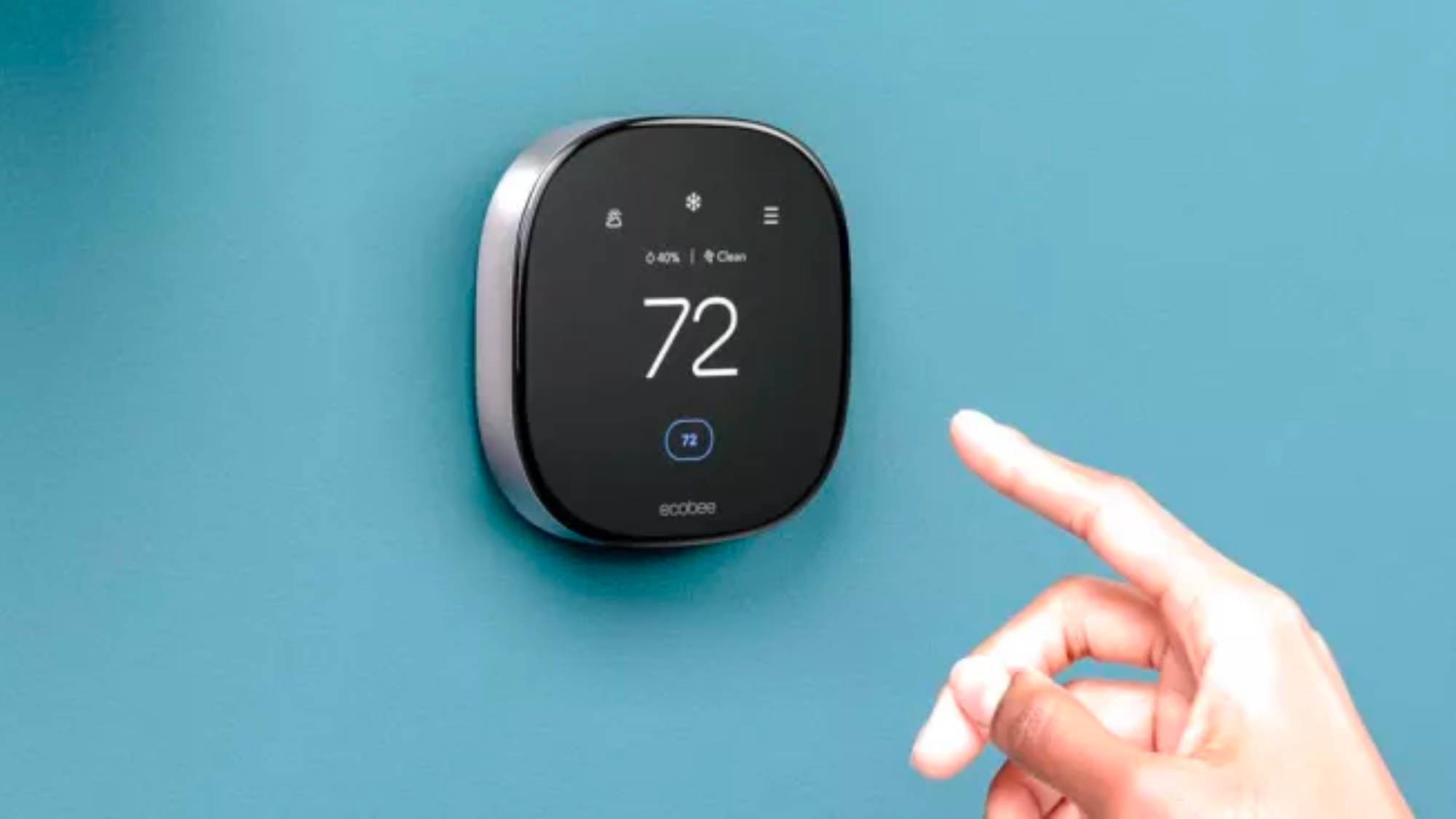
With a majority of people in the U.S. in the grips of a heat wave, energy bills are skyrocketing as air conditioners are being run full-blast.
However, the U.S. Department of Energy has some guidance that may sound a touch counterintuitive for those trying to beat the heat while keeping their costs as low as possible.
The official guidance to stay cool but to minimize costs is to set your home’s temperature to a higher figure when nobody is home, and then to keep it as high as comfortably possible when occupied.
The recommended temperature for your thermostat
What does that look like in practice? Well, according to the government affiliated Energy Star program, you should keep your home at 78 degrees Farenheit (25.5°C) while at home, 82 degrees (27°C) when asleep and 85 (29.4°C) degrees when away.
That sounds odd: surely setting your thermostat to a lower temperature will cool your home faster? Unfortunately, that’s not the case: an air conditioner can only really make your home 15 to 20 degrees cooler than the temperature outside, and if you drop it lower than that, you’re just burning money with massively diminishing returns.
On top of that, a higher temperature inside the house slows the heat coming into your home, which means you have to spend less money and energy managing it.
In other words, on a 100-degree day, your instincts may be to set the thermostat to 65 degrees, but you won’t really notice a difference from leaving it at 78 — until you check your bills, which will be significantly higher.
“The smaller the difference between the indoor and outdoor temperatures, the lower your overall cooling bill will be,” the Department of Energy explains.
By turning your thermostat up 7 to 10 degrees for eight hours a day, the site adds, “you can save as much as 10% a year on heating and cooling.” Though it does add that the percentage saved is “greater for buildings in milder climates than for those in more severe climates.”
This guidance has been a longstanding part of the government’s advice, and its counterintuitive nature has always led to a lot of bemusement from homeowners. But with energy prices soaring, your wallet will thank you if you defer to the experts on this one.
Other tips for staying cool this summer
If you want help keeping cool while saving money, be sure to check out our tips for 10 ways to lower your energy bill this summer, as well as our recommendations for the best smart thermostats and best smart air conditioners.
You'll also want to know how to cool a room down in a heatwave and how to sleep better in a heatwave.







